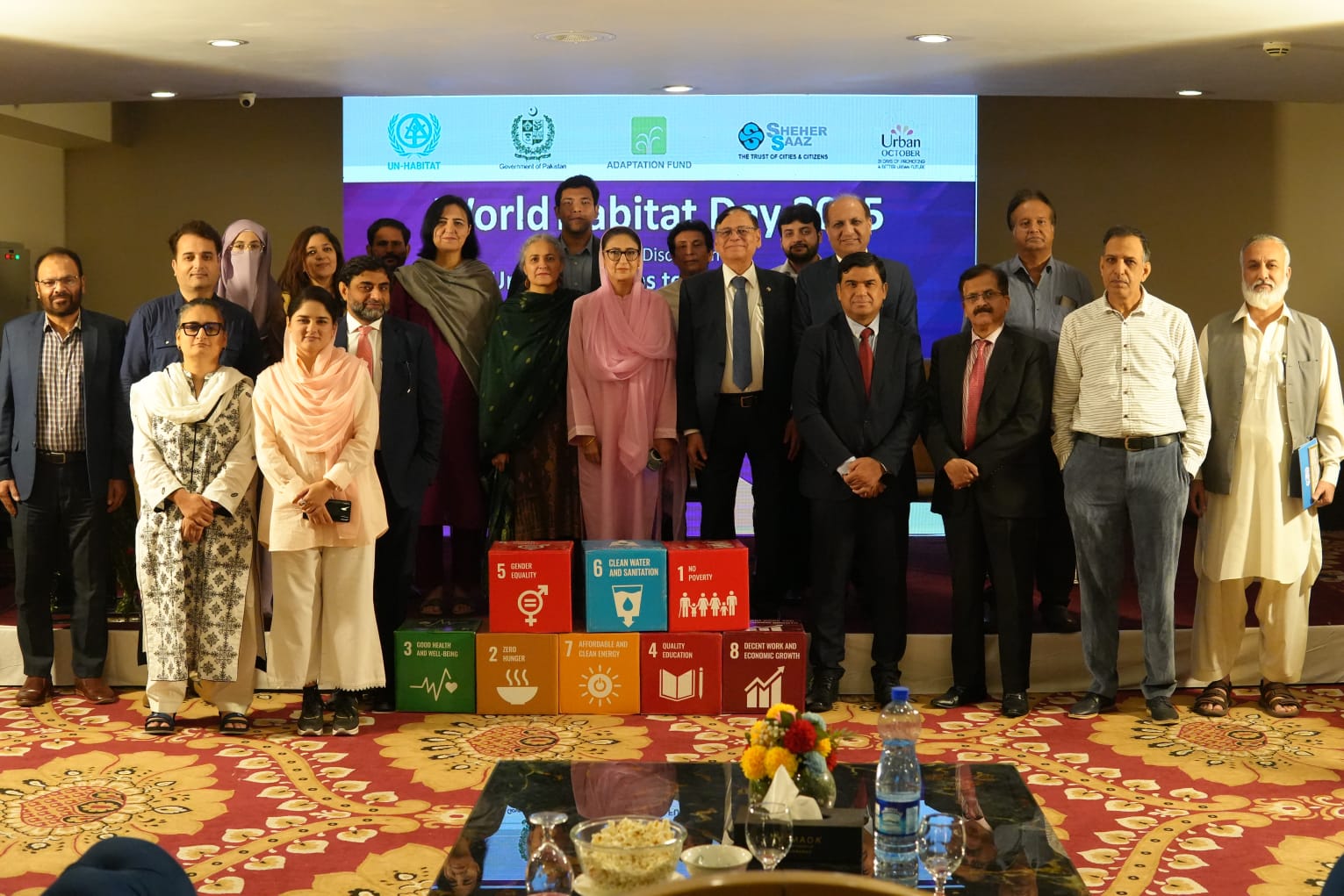Communication and Stakeholder Officer IDEA
In a world increasingly battered by climate change, many countries—especially in the Global South—find themselves at a dangerous crossroads. These nations not only grapple with the direct impacts of natural disasters but also face a dramatic shift in how humanitarian aid is being approached globally. This dual challenge is proving to be overwhelming.
Take Pakistan as an example. Situated on the frontlines of the climate crisis, it is experiencing a range of extreme weather events—flash floods, prolonged droughts, glacial lake outburst floods (GLOFs), forest fires, earthquakes, heatwaves, chilling winters, and even devastating hailstorms. Each of these disasters, regardless of magnitude, disrupts lives, destroys infrastructure, and erodes the resilience of already vulnerable communities.
Just when countries like Pakistan need support the most, a wave of funding cuts and policy changes has swept across the international humanitarian landscape. A turning point came when the President of the United States made an executive decision to halt USAID operations globally, citing excessive spending in foreign aid programs and arguing that the system is fractured and misaligned with national goals1. The ripple effects were immediate. Before this, the Netherlands government also announced a staggering reduction of €1 billion in aid over five years2. At the same time, the United Nations Office for the Coordination of Humanitarian Affairs (UNOCHA) drastically scaled back its Global Humanitarian Overview (GHO), cutting $10 billion in funding requests from 2023 through early 2025, despite rising humanitarian needs3. This reduction was largely influenced by the USA’s abrupt policies, though the UN was already in the process of restructuring humanitarian aid and reducing bureaucratic inefficiencies.
Against this backdrop, the concept of a “humanitarian reset” emerged. Announced under the UN80 initiative on March 11, 2025, the reset aims to rethink and overhaul the entire humanitarian system. The primary motivation behind this shift is to address long-standing bureaucratic inefficiencies. Humanitarian actors often struggle with overlapping mandates, slow internal procedures, and resource-heavy structures that hinder timely response. The reset envisions a system that is faster, more responsive, and—most importantly—more inclusive.
This reset isn’t just about trimming bureaucracy within the United Nations. It aligns closely with the Grand Bargain commitments made in earlier humanitarian reform efforts. Central to this vision is a focus on localization—handing more power and resources to local actors who are on the ground and often the first to respond in times of crisis. It also includes democratizing data, transforming pooled funding mechanisms, and strengthening accountability to affected populations.
The approach is comprehensive, emphasizing people-centered strategies, simplifying coordination, fostering collective action, and streamlining the entire cluster system. It also calls for a fundamental mindset shift within the humanitarian community—one that places community voices at the center and treats local organizations not just as implementers but as leaders and decision-makers.
Yet, as well-intentioned as this humanitarian reset may be, it is not without significant concerns. Perhaps the most immediate and painful consequence has been the deep funding cuts that threaten the very survival of many humanitarian organizations, particularly NGOs that have long operated on the margins. These cuts jeopardize ongoing operations, lead to job losses, reduce field presence, and weaken the capacity to respond to emergencies when they strike.
Moreover, while the reset emphasizes structural reform, it risks sidelining key stakeholders—especially when coordination is weak or when local actors are not meaningfully included in high-level decision-making forums such as the Humanitarian Country Team. If the goal is to empower local actors, they must be involved from the very beginning in shaping strategic and operational responses. Otherwise, the transformation remains superficial.
What’s clear is that change is needed. The humanitarian sector must evolve to become more nimble, equitable, and in tune with realities on the ground. However, abrupt changes—especially those involving major funding cuts and structural overhauls—must be handled with care. Humanitarian response is a delicate balance of coordination among UN agencies, INGOs, governments, and community-based organizations. Dismantling or sidelining one part of this ecosystem can have far-reaching consequences.
At this crucial moment, there is a need for both transformation and continuity. Humanitarian actors must re-strategize and adapt, but they must also remain rooted in current realities. A focus on people-first programming and empowering local partners is the way forward, but it must be supported by sufficient funding, technical support, and a strong network of international cooperation.
Ultimately, the humanitarian reset presents an opportunity to build a better, more inclusive system. But for it to succeed, it must not lose sight of the people it is meant to serve. True transformation means enabling local organizations to lead, not leaving them to struggle with fewer resources. It means improving the system, not abandoning it. Above all, it means ensuring that those most affected by climate change and conflict are not left behind in the name of reform.





